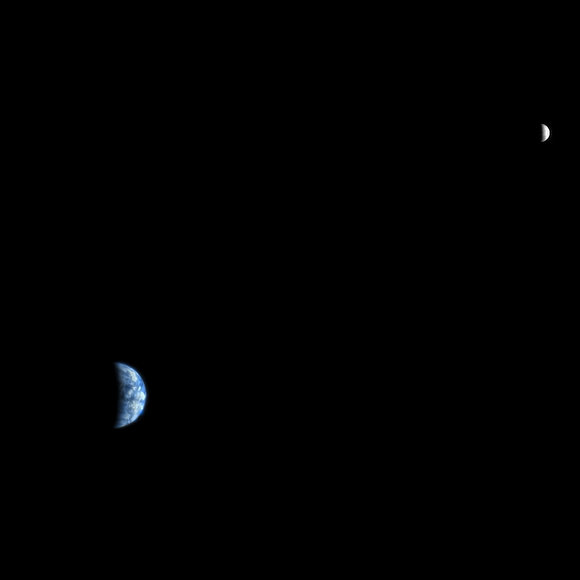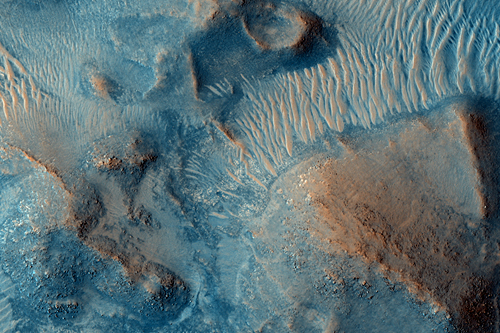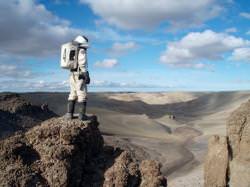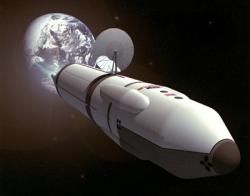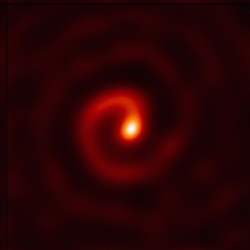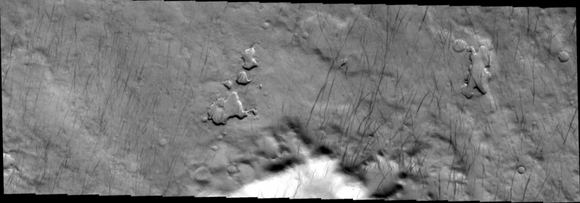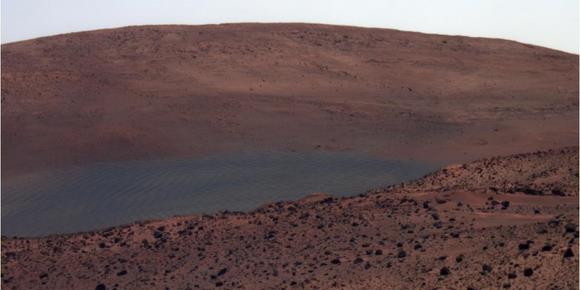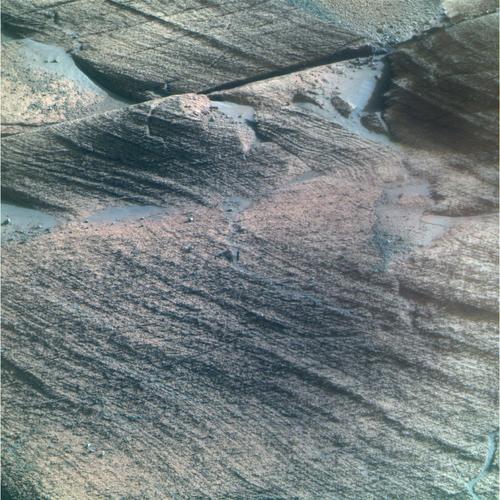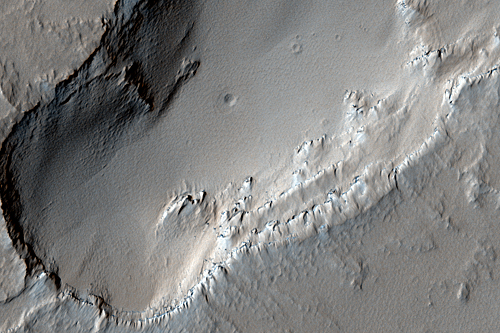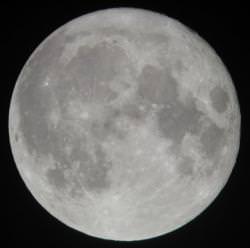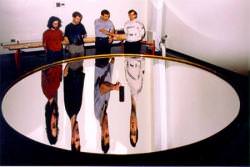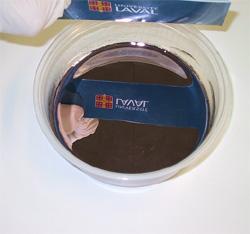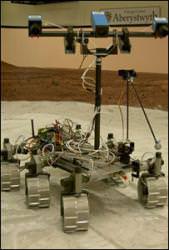Being a very hands-on-type person, I have a hard time wrapping my brain around the concepts of dark energy and dark matter. These are invisible, hypothetical stuffs that cosmologists tell us make up a combined 96% of the universe. These ubiquitous substances are unlike anything we’re familiar with. They don’t emit or reflect enough electromagnetic radiation to be detected directly, but their presence is inferred by the gravitational effect they have on everything we can see. So, scientists are trying to determine if dark energy and dark matter are really there, and if so, what they’re made of. A couple of studies have come out recently dealing with dark energy and dark matter. One study released says that what we think might be dark energy may only be tiny whiskers of carbon materials, formed in the early days of the universe. And a new experiment tried to determine if dark matter is made of particles called axions.
Andrew Steele and Marc Fries from the Carnegie Institution say that what we thought was dark energy may just be a haze of tiny whiskers of carbon, strewn across the universe and perhaps those whiskers — and not dark energy — would dim faraway objects such as supernovae. Scientists proposed the dark energy hypothesis a decade ago in part to explain the unexpected dimness of certain stellar explosions.
The researchers report discovering an unusual new form of carbon in minerals within meteorites dating from the formation of the solar system. They believe the “graphite whiskers� were likely produced from hot, carbon-rich gases that formed near stars and were blown into interstellar space by solar winds or supernovae. A thin haze of the whiskers in space would affect how light of different wave-lengths pass through space. The researchers postulated that light of near-infrared wavelengths would be particularly affected—the same wavelengths whose dimming first led to the dark energy model.
Things like these graphite whiskers have been proposed previously to possibly explain observations where dimming appeared, but the presence of any types of materials in space has never been confirmed previously, said Steele and Fries. With their discovery in the meteorite, the pair added, researchers can test the whiskers’ properties against theories and observations.
Dark matter: To make hypothetical matter, you might just need a little dash of hypothetical particles. How about axions? Axions are theoretical particles that have a small mass, about 500 million times lighter than an electron. Additionally, according to theory, an axion should have no spin. A group from the Fermi National Accelerator Laboratory (Fermilab) in Batavia, Illinois designed an experiment to try to find axions.
They set up a magnetic field and shot a lazer into it. A “wall� was placed in the middle of the magnetic field as well. It was thought that the magnetic field would possibly change some of the photons from the laser into axions. The wall would stop the photons, but the axions would emerge on the other side.
They tried four different configurations of their system, unfortunately, the experiment found no evidence of new particles. But, they were able to exclude some constraints or regions where this type of particle could or could not exist.
And the data from the Fermilab experiment is still being examined. Scientist William Wester is optimistic about the role he and his colleagues are playing. “We did a serious measurement and excluded a region,� he says. “If our small experiment helps heighten awareness and leads to more experimental efforts, even using other techniques as well, it will be a huge benefit that we have done this.�
The group believes that maybe with a stronger magnetic field, it might be worth trying their experiement again.
This brings to mind something that I heard cosmologist Michael Turner say: “If I succeed in confusing you about dark matter and dark energy, then I will have brought you up to where the experts are.â€?
Original News Sources:
World Science
Physorg.com release


